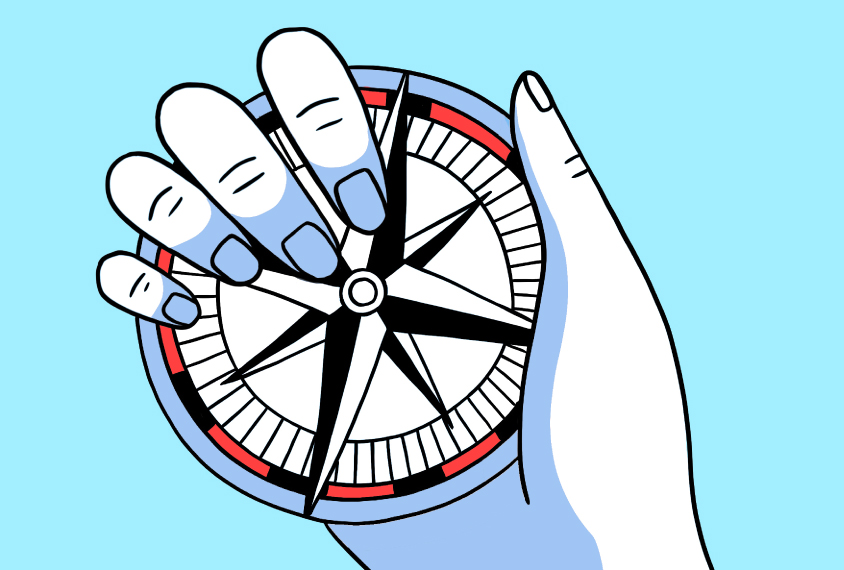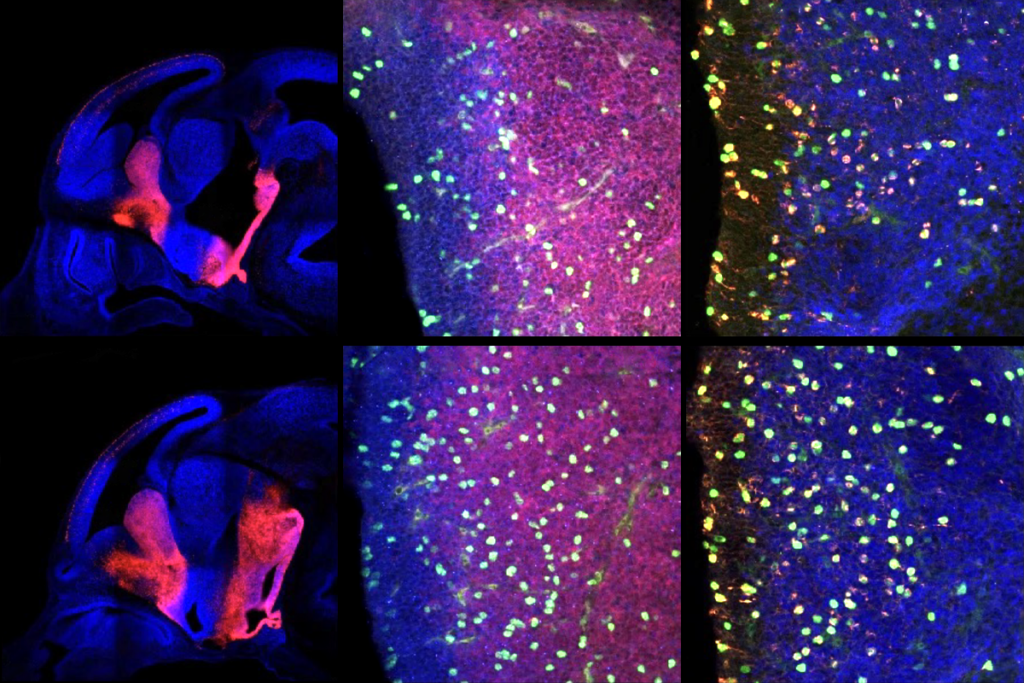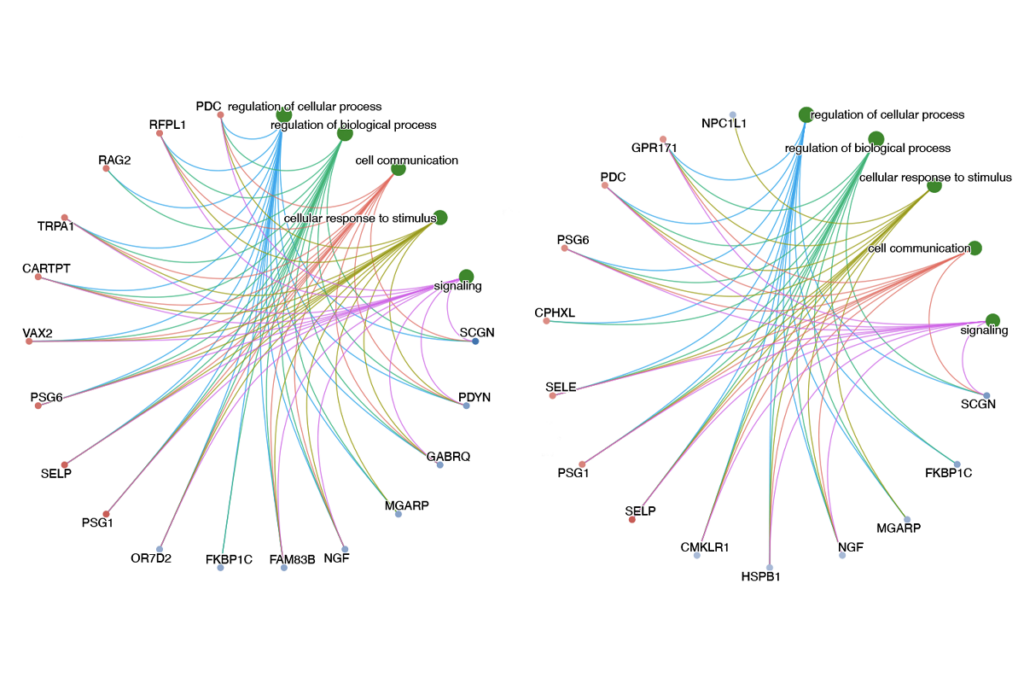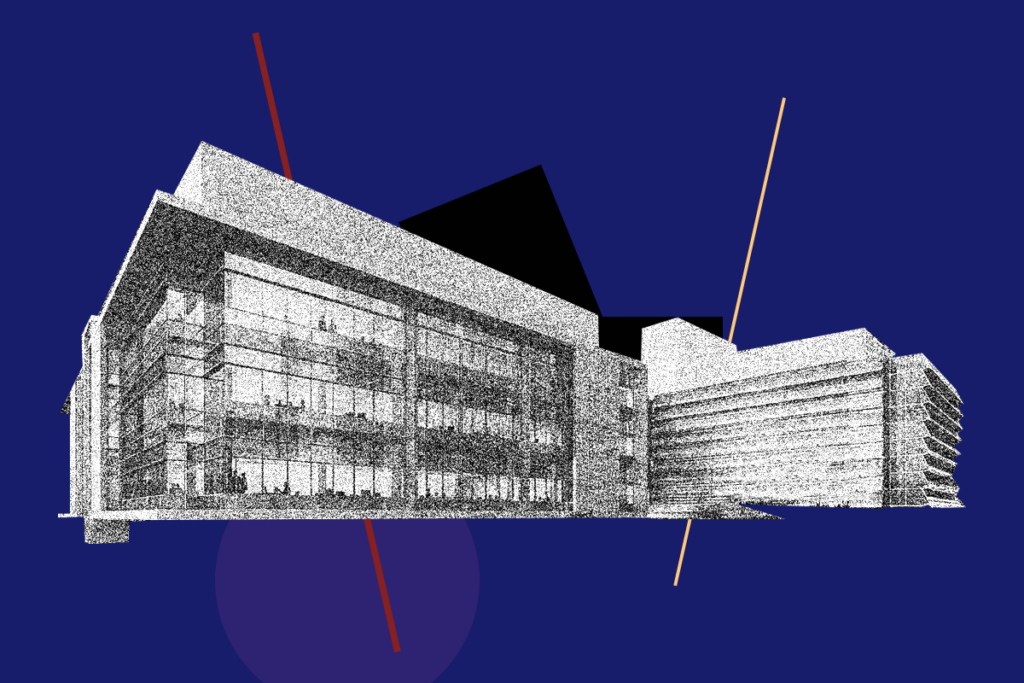
Spectrum Launch: Demystifying academia with Laurel Gabard-Durnam
The Northeastern University psychology professor’s website offers a wealth of resources about how to navigate an academic career.
Laurel Gabard-Durnam wanted to be the “best-prepared” principal investigator (PI). So much so that before she even finished graduate school, she says she created a computer folder called “Future PI” and began collecting helpful documents and websites to streamline her next career move.
But that file didn’t help her as she navigated the academic job market: Despite her best efforts, “there were a lot of nuances to the process that just were not described anywhere,” Gabard-Durnam says. “It was really frustrating.”
So once she landed a job at Northeastern University in Boston, Massachusetts, where she is now assistant professor of psychology and studies how different environments shape brain development, she wanted to share the knowledge she had gained. The result is an ever-growing section of her lab website called “Resources for Researchers.”
“I took all of the resources I’d been hoarding and put them somewhere accessible in case they would be helpful for someone else. So that no one else would have to go through the same process I had just gone through,” she says.
The pages cover a wide range of topics, including funding opportunities, job-hunting advice and tips to prepare for a “chalk talk”— a presentation that faculty candidates give during their job interview. It also features her own and other scientists’ research statements and teaching evaluations, to give future PIs a sense of what to expect.
Spectrum spoke with Gabard-Durnam about how she hopes her efforts will bring clarity to the more confusing aspects of academia, and what it’s like to be so open about your own career steps.
This conversation has been edited for clarity and length.
Spectrum: How did you see people using these resources when you first started uploading them to your website?
Laurel Gabard-Durnam: It’s common for researchers — when you go to fill out an application or make certain steps in this career track — to ask for examples from other people who have already done it. And that’s really helpful. But it’s really hard to find a bunch of those in one place, especially if you don’t come from a well-resourced lab. And so I was hoping that by making that information readily available, this would inform people and level the playing field.
S: When should people use your site? What are the stages at which you think it’s most helpful?
LG-D: A lot of what we curate is really helpful for transitions: when you’re thinking about next steps, and you want some guidance about what that might look like or how to navigate that. Or if you’re just starting in a new role, and you’ve completed the change, but you’re trying to figure out how to hit the ground running. We were hoping to provide resources for the stages where folks stumble or leave. And these are the points in the career — from the undergraduate level up to being a new PI — that feel most vulnerable for that.
S: What kinds of responses have you gotten from other researchers?
LG-D: I had no idea how useful it would be. And I started just with stuff that was already out there, and then uploading a lot of my own personal information, which is one of the hardest parts of this process. I’m not going to lie. I feel so self-conscious doing that.
S: I was going to ask you about that. Because there’s a real vulnerability there, when you’re sharing your own teaching statements, for example — putting them up on your site for anyone to see.
LG-D: Yes. But I also think, you know, it’s always helpful to see things even if you decide you’re going to do things really differently. And I haven’t had anyone get upset at me. [Laughs.]
But yes, the response has been really positive. The website has actually ended up in some professional development courses at other universities. And last year, we had 30,000 independent views for the website. I don’t know if that’s a good stat or not, but it feels like a lot of folks are using it.
I also get fun emails now from people who’ve accessed it and found it helpful. They’ve used the resources and now they’ve hit this milestone, and they want to share that back with me. So it’s ended up feeling surprisingly personal, in terms of the responses I get back, which I really like.
S: What do you see as the future of your efforts with the site?
LG-D: We add new things constantly. I think as I progress, if I’m allowed to stay in academia for longer, we’ll keep updating as I go through career stages I haven’t experienced yet.
The resources have also been fairly agnostic as to someone’s field, so far; they generally focus on psychology, neuroscience, STEM. But a lot of the work that we do in the lab is with specific technologies, particularly with electroencephalography (EEG). We want to make that more accessible for folks who want to get into this line of work, or who are looking to set up EEG experiments. We have a lot of things that we’ve written, such as experiment protocols and standard operating procedures. So we’re going to build that out as an additional kind of resource.
And then on the other hand, I’m really hoping we can start to be more open about our grants as well. It’s a little bit trickier, in terms of respecting intellectual property and future plans for research programs. But it would be great to be able to provide examples of some of the key mechanisms that people access across different levels of their career.
Book of the month:
Jobs, trainings and funds:
- The Eppendorf & Science Prize for Neurobiology — worth $25,000 — is open for applications until 15 June. To enter, you must be a neurobiologist, have received your advanced degree in the past 10 years and be 35 years old or younger.
- Ellen Hoffman, associate professor at Yale University’s Child Study Center, is hiring a postdoctoral researcher for her lab. “Please contact us if you’re interested in studying the function of genes associated with neurodevelopmental disorders in #zebrafish,” she tweeted.
Recommended resources:
- Writing a research paper and not sure where to start? Early-career scientists shared their advice about the process — including collecting all of the figures and data for the story at the outset and finding a “writing dance” that works for you and your mentor — in an article for Science.
- Elizabeth Villa, associate professor of molecular biology at the University of California, San Diego, tweeted that serving as an early-career reviewer for study sections with the National Institutes of Health can be a helpful career move for new PIs. (Note the corrected link in the thread.)
????New PIs (US): apply to be an early career reviewer (ECR) for an NIH study session. It’s a one-time commitment, you only review 2-3 grants, get training, get to meet the people who will evaluate your grants, and see how the sausage is made! https://t.co/lU6He4JIQs… RT ????
— Elizabeth Villa (@TheVillaLab) April 21, 2023
- Starting a science podcast helped immunology graduate student Kellen J. Cavagnero connect with others in his field, he writes in an article for Nature’s career column.
- A cry for help on Twitter by Ritu Raman, assistant professor of mechanical engineering at the Massachusetts Institute of Technology, resulted in recommendations for inexpensive yet comfortable lab seating, in case anyone else is looking.
- And David Mandell, professor of psychiatry at the University of Pennsylvania in Philadelphia, has a tip for researchers getting started with grant writing:
Young academic friends, hopefully you will have long, illustrious careers that include many grant proposals. Therefore, consider file naming conventions that have titles other than “specific aims” or “draft.”
— David Mandell (@DSMandell) April 14, 2023
Any suggestions for how to make this newsletter as useful as possible, or recommendations for what topic we should cover next? Send them to [email protected].
Recommended reading

PTEN problems underscore autism connection to excess brain fluid

Autism traits, mental health conditions interact in sex-dependent ways in early development

New tool may help untangle downstream effects of autism-linked genes
Explore more from The Transmitter

